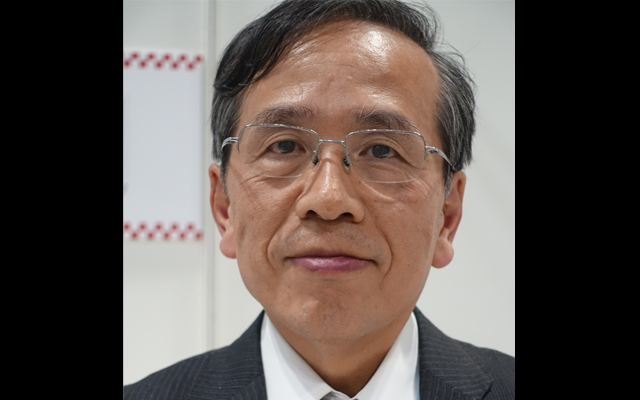Japan National Tourism Organization (JNTO) is in the midst of setting up a new office in Manila, with the Philippines having risen as its 10th top inbound market contributing 347,861 visitors in 2016.
Last year, it opened offices in Moscow, Hanoi, Kuala Lumpur, Delhi, Rome and Madrid. In total, the organisation has 21 offices around the globe that engages in promotional activities.

As of September 15, 2017, Japan surpassed the 20 million visitor mark, and is well on its way to surpass its record of 24 million arrivals last year.
Japan is having some success in dispersing this huge number across the country. During a press conference on the first day of Visit Japan Travel & MICE Mart 2017, Mamoru Kobori, JNTO director, said the growth rate of foreign tourists staying in regional areas rose 9.5 per cent year-on-year, compared to the 3.4 per cent in the eight prefectures of Tokyo, Kanagawa, Chiba, Saitama, Aichi, Osaka, Kyoto and Hyogo.
This is in line with JNTO’s three tourism policies as it works towards 40 million arrivals by 2020.
First, JNTO wants to utilise tourism resources to disperse tourists from main cities; second, develop the tourism industry as a new economic pillar; and improve the country’s infrastructure.
When asked what was the biggest challenge to get tourists out into the regional destinations, Kobori said: “One major challenge is the lack of updated information for potential visitors. To rectify this, JNTO is collaborating with local governments to consolidate the information.”
Kobori also pointed out that there was a need to make it easier for people to travel out of the main cities, and said JNTO is working on making it easier to have access to accommodation or dining in a tourist’s own language such as English or Mandarin. JNTO is also currently working on destination campaigns, some of which are digital, for lesser-known regions such as Tohoku.
He added: “We also have to change the mindsets of the people living in the countryside, and educate them about how they can be hospitable to overseas guests.”
- reporting from Visit Japan Travel & MICE Mart




















